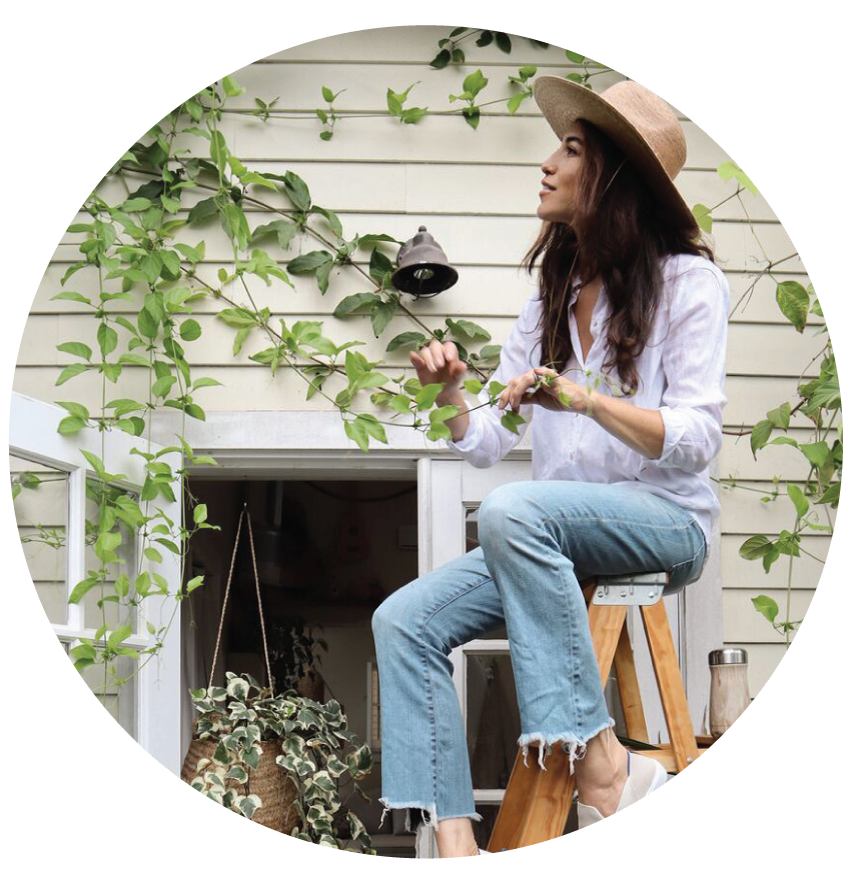Some Items You Can Probably Go Without: Sustainable Swaps Edition
In recent years, we’ve been inundated with commercial products labeled as being eco-friendly. (I’ve promoted many of them on my channels, and have purchased several myself.) But we’ve also wised up to the fact that we cannot buy our way to sustainability. Instead, in most cases, the most eco-friendly items we can use are those we already have within our homes.
For example: what good does it do to throw out (or even donate) a set of plastic food storage containers in exchange for a glass set? We’re only accelerating the problem. If we’ve already got them, we might as well squeeze as much mileage out of the tupperware as possible.
For folks just starting out with sustainable swaps, here are some items you don’t need to buy, as you can likely find them lying around your home already. With a bit of creativity and reimagining, you can save money, lessen your negative impact, and keep your space looking unique.
TO-GO UTENSILS
When my bamboo to-go utensils set finally wore down earlier this year, I decided to replace them with miscellaneous pieces accumulating in our home. The random, set-less fork, spoon, knife and straw are wrapped simply within a vintage napkin that a friend gave me in the form of reusable gift wrap. Everything is bound together with one of my plastic-free hair ties.
SPRAY BOTTLE SETS
Turn all sorts of bottles from around your home into household cleaning solution containers with the help of a spray nozzle attachment. Since leaving the Cottage and putting nearly all of our belongings in storage, we’ve started refilling an old stainless steel shampoo bottle with all purpose cleaner made from concentrate. If the bottles aren’t much to look at, corral them in bins, crates or baskets if you’re short on concealed storage space.
FOOD STORAGE CONTAINERS
While Pinterest images of streamlined pantries brimming with matching glass containers are lovely, a mix-and-match style can be just as pleasing, and all the more original. Use soapy water to remove labels from glass jars, which you can then fill with groceries in bulk. If the eclectic look s a bit too noisy, obtain a slightly more polished look with matching lids, which can be purchased separately and applied to the jars you already have, depending on their size.
WET BAGS
Put those heavy, zippered plastic bags with rope handles (that often envelope bedding, pillows or cloth books) to extended use by repurposing them as wet bags for school, the beach, and/or rainy days. While I did buy a dedicated bag for used cloth diapers, I also use these plastic containers for the same purpose, and have some in the stroller and car for muddy boots, bathing suits, pet items, towels, etc. Either way, there’s no need for a disposable baggie!
CLOTHESLINE
Depending on the size of your space, you might be able to use twine for your clothesline instead of a manufactured cable or rack. At the cottage, we used the same, weathered piece of string on our porch, stoop and in the back garden as a nomadic makeshift clothesline, and it worked for years. Only upon relocating to an expanse of acreage did we buy an extra long retractable clothesline.
WASHABLE RAGS & WIPES
Old t-shirts and bedding can be reinvented as washable rags and wipes for everyday use. I bought most of our rags, but if I had a do-over I would simply take our worn linens to a local alterations shop to be sewn into squares.












